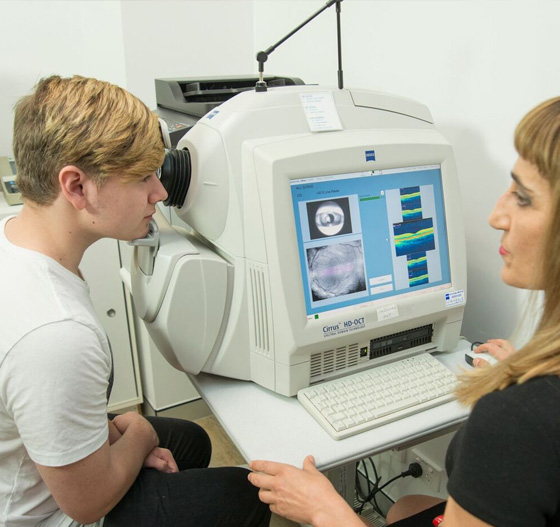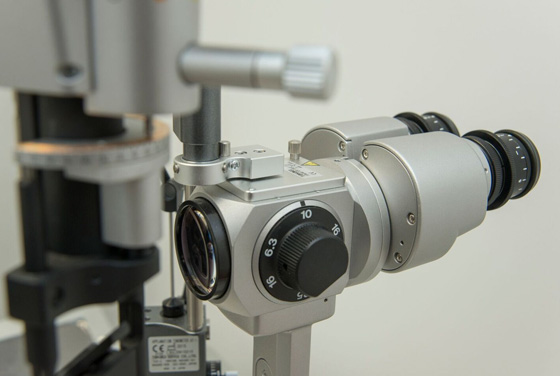What is a posterior vitreous detachment and what causes it?
The vitreous is a clear jelly-like substance that occupies about two-thirds of the eye, lying between the lens and the retina. Its main functions are to help maintain the shape of the eye, to keep the retina in contact with the back wall of the eye, to allow transmission of light to the retina, and to act as a shock absorber.
As people age the vitreous liquefies, decreases in volume and isn’t able to keep its usual shape. When this happens the vitreous can detach or separate from the retina. This is called a posterior vitreous detachment (or PVD). It is usually a sudden event, but can also occur slowly over months. The vitreous sometimes pulls on the retina as it separates, which can cause a retinal tear or a macular hole.
What are the symptoms?
Symptoms of a posterior vitreous detachment include:
- Flashes of light
- Increase in floaters
- Cobweb effect across your vision.
- Transient blurred vision


What treatment is available?
PVD usually requires no treatment, other than a thorough eye examination. If the vitreous detaches fully without tearing or pulling the retina, then there is no need for concern. The problem occurs when the vitreous pulls or tears the retina. The resulting macular holes or detached retinas can cause vision loss and require immediate treatment.
Symptoms of flashes and floaters should never be ignored.
What is the outcome?
Floaters and flashes become less and less noticeable for most people over time, until they eventually disappear altogether or cause very little frustration. In the very unusual case where floaters persist to a level that they affect quality of life, the vitreous can be removed and replaced in a procedure known as a vitrectomy. This is very rarely required.
